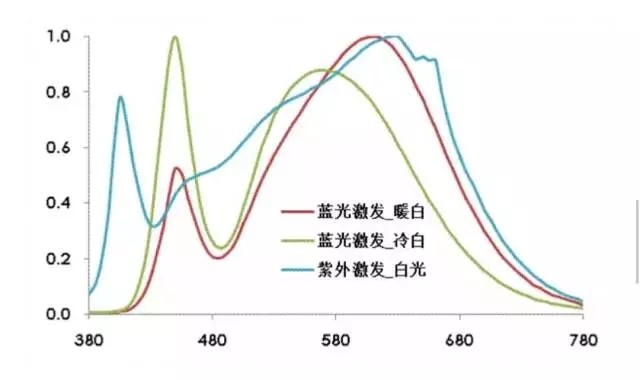The UV- LED single chip has a small area and is easy to design flexibly; however, the radiant power of a single chip is also low, which is difficult to meet the requirements of high radiant power density in many applications, which is currently difficult to replace in many fields. One of the important reasons for UV discharge lamps. Therefore, with the development of UV-LED, its packaging and system design has also become the focus of attention.
Germany
Schneider et al. of KIT of Germany proposed a high power density UV-LED module, which densely encapsulates 98 395 nm LED chips on a ceramic substrate to achieve higher radiation power density. The first 98 LED chips were encapsulated on an alumina ceramic substrate by silver paste as shown. The input power of a single LED chip is 1.65W, the operating current is 500mA, the junction temperature is 25°C, and the output radiated power is 375mW. 98 chips are connected in series. The maximum input power of the whole module is 162W, the package area is 2.11cm2, and the thermal power density reaches 59.2W/cm2.

The characteristic test results under air-cooled conditions show that the module emits an ultraviolet wavelength of 397 nm and a radiation power density of 13.1 W/cm 2 at an input power of 120 W and an operating current of 400 mA. The thermal simulation results show that if the heat dissipation characteristics of the module are improved, the radiation power density is expected to reach 20.8 W/cm2. To this end, a surface micro heat sink was designed as shown.

The heat sink is based on the principle of short heat transfer microchannels under laminar flow conditions, and many short microchannels are connected in parallel to increase the heat conduction area and use water as the coolant. The heat sink of the structure made of plastic has a heat flux of 500 W/cm2, and when a material having a lower thermal resistance such as aluminum or alumina ceramic is used, the heat flux of the heat sink is expected to reach 800 W/cm 2 , so it can be effective. Improve the heat dissipation performance of the LED module. Subsequently, a thick film printed aluminum substrate was used instead of the ceramic substrate, and it was confirmed that the improved module had better heat dissipation performance, and the maximum irradiance could reach 31.6 W/cm 2 .
Taiwan
Horng et al. of Zhongxing University in Taiwan used a composite electroplating process to prepare a diamond-doped copper (DAC) heat sink and applied it to the UV- LED package for heat dissipation. The laser light method measured the thermal diffusivity of the DAC heat sink to be 0.7179 cm 2 /s. The experimental results show that the UV-LED thermal resistance of the DAC heat sink is only 18.4K/W, which is lower than that of pure copper of 24.8K/W, and its heat dissipation characteristics and optical performance are improved. When the injection current was 350 mA, the surface temperature of the UV-LED using the DAC heat sink was 45.3 ° C, and the surface temperature of the UV-LED of the pure copper heat sink under the same conditions was 50.1 ° C, and the surface temperature of only the sapphire substrate was 62.5 ° C. Under this condition, the radiation output power and radiation efficiency of the UV-LED increased to 71.8 mW and 4.3%, respectively.
Led Table Lamp,Outdoor Patio Lights,Outdoor Lamp,Outdoor Hanging Lights
jiangmen jieken lighting appliance co.,ltd , https://www.jekenlighting.com